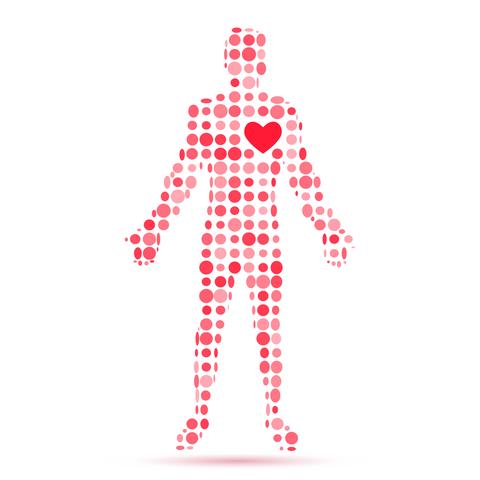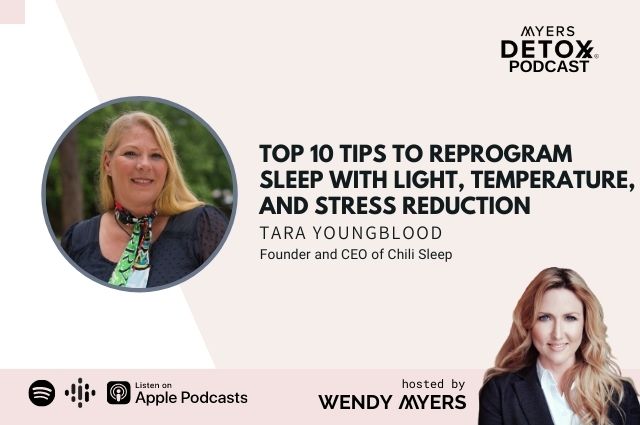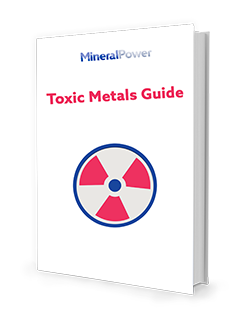Differences Between Photobiomodulation and Sauna Therapy
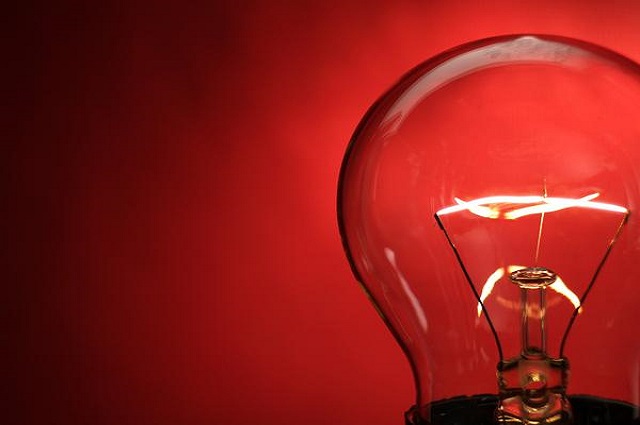
With both saunas and light therapy – or, more accurately, photobiomodulation (PBM) – becoming popular options for those seeking wellness, there is an overwhelming amount of information available. This article will help clear up some common misconceptions and provide clarity around the critical differences between saunas and PBM, further assisting you along your wellness journey.
The History of Saunas
What we now call a sauna originated in Finland hundreds of years ago, and to this day, remains a strong feature of the Finnish culture. In fact, almost every home in Finland includes a built-in sauna. They are found everywhere from country cottages to city apartments; even the President has a sauna!

The oldest saunas contained a fireplace with large stones and were typically dug into the slope of a hill along with the home. When water was splashed onto these heated stones, the resulting steam warmed the room’s occupants so sufficiently that all clothing could be removed – even in the dead of winter!
This design gave way to wood stoves during the industrial revolution and the typical air temperature would range from 167 to 212 degrees F!
A staple of the Finnish culture, saunas are viewed as a necessity and used for sanitation, health, and were even used for births until the rise of modern medical facilities. Common practices include stimulating skin with birch twigs and leaves and cooling off by jumping into a nearby lake, sea, or cold shower. Or in the winter, rolling in snow to cool off before returning to the sauna. The Finns shared their sauna practices with surrounding countries in Europe and eventually North America.1
The convection-type of saunas, made popular by the Finns, deliver heat by warming the air. In recent decades, infrared saunas have become popular. Instead of warming the air, they actually heat objects inside the space. Infrared saunas use charcoal, carbon fiber, or other types of emitting surfaces to deliver infrared heat.
While many saunas are marketed as providing “full spectrum” infrared, the vast majority of research supporting the health benefits of saunas is tied directly to the temperature, humidity, and treatment time under which your body is exposed to heat.
The most effective wavelengths, in terms of generating heat, are in the far infrared spectrum. We’ll cover this in more detail below, but in summary, the purpose of all saunas is to deliver heat in sufficient amounts to raise the core temperature of your body.
How do Saunas Work?
Since the mechanism of action of saunas is to induce thermal stress on the body, you may be wondering, what exactly does this accomplish? There are several biological responses, which include increased heart rate and perspiration.
Additionally, when the body is subject to heat in sufficient amounts, it causes an imbalance in protein metabolism. This is an ongoing process called protein folding, whereby random protein coils transform into their normal 3-dimensional structures. This is an incredibly important process, and if dysfunctional, can lead to serious health conditions.
In fact, we have an entire class of molecular chaperones that monitor our cells for any type of stress that disrupts this process. Specifically, a class of these chaperones, called heat shock proteins, respond to heat-induced cellular stress. By inducing heat stress on the body, the resulting activation of these heat shock proteins leads to some interesting health benefits, which are very similar to physical exercise.
In one study, for example, the participants took part in a 30-minute sauna treatment at a humid 194 degrees F after 13 workouts over the course of 3 weeks. The sauna group experienced an increase of 32% in a performance test when compared to the control group!2
While the majority of benefits from saunas are related to increased cardiovascular function, other studies have demonstrated benefits such as improved chronic fatigue, increased autoimmunity, decreased depression, and even helping your body rid itself of toxins such as PCB (polychlorinated biphenyls) levels.(3)
As you can see, saunas have some pretty amazing benefits!
How do Saunas Compare to Photobiomodulation (PBM)?
With PBM, the mechanism of action relates to the impact of light energy at the cellular level. Specific wavelengths have some amazing effects on the mitochondria in our cells, sometimes referred to as the engine of the cell. Instead of using heat to induce a cardiovascular stress on your body, PBM quite literally feeds energy to our cells with photons from light, similar to natural sunlight.
When looking at the entire light spectrum delivered by the sun, the wavelengths can be broken down as follows:4
- Below 400 nm (which is in the ultraviolet spectrum)
- 400 – 700 nm (what we recognize as visible light)
- 700 – 1400 nm (infrared-A)
- 1400-3000 nm (Infrared-B)
- 3000 nm – 1 mm (infrared-C)
The vast majority of these wavelengths is felt as radiant heat, including UV, most of IR-A, IR-B, and IR-C. This is because these wavelengths are absorbed very quickly by the outer skin tissue. This high absorption generates the heat we feel from sunlight, and even from other sources like fire and hot coals.
Interestingly, there is a narrow band of wavelengths from about 600-950 nm that can penetrate human tissue much more effectively. Fittingly, this is commonly referred to as the infrared window (or optical window).5 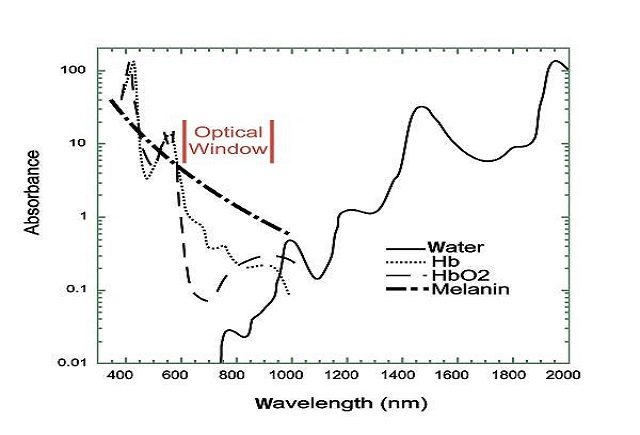 As you can see in the chart, the optical window is at a low point in absorption near the transition between the two curves.
As you can see in the chart, the optical window is at a low point in absorption near the transition between the two curves.
Below 600 nm, the blood in our tissue has a high absorbance rate. Above about 950 nm, water becomes the controlling factor as the absorbance quickly increases with these longer wavelengths, particularly in the IR-B and IR-C ranges.
Within the optical window, scientists have discovered that certain wavelengths have a unique ability to boost cellular function. More specifically, one of the primary theories for the mechanism of action of PBM involves Cytochrome C Oxidase (CCO), the last enzyme in the respiratory electron chain transport of the mitochondria.
During the fourth phase of cellular respiration (oxidative phosphorylation), specific wavelengths of red and near infrared light break the bond between nitric oxide and CCO. This allows oxygen to bind to NADH, restoring the normal pathway for hydrogen ions to create the electrochemical potential that produces ATP (cellular energy). A simple way to think of this process is that photons essentially charge your cellular batteries.
As you can see in the graph, there are several peaks in the CCO absorption of photons at certain wavelengths.6 The highest of these peaks are at about 660-670 nm and 830-850 nm. These wavelengths have been proven to produce substantial improvements in cellular function with a wide range of resulting benefits including improved skin health, enhanced muscle recovery, reduced joint pain, increased testosterone, and even weight loss!
Just like saunas, light therapy – or PBM – has some pretty amazing physiological benefits.
What You Should Look for in Saunas and Light Therapy Devices
As mentioned before, the primary function of saunas is to induce a heat response in your body. This is what leads to benefits like improved cardiovascular function, reduction of chronic fatigue and depression, and enhanced detoxing effects.
But, in order to see these benefits, your sauna needs to reach a certain temperature. Therefore, look for convection saunas that can sustain air temperatures of 170-200 F, the range cited in most published clinical literature. Alternatively, with infrared saunas, make sure to select one that provides an equal amount of heat using high-quality carbon emitters.
What About Saunas that Incorporate Near Infrared Light?
Technically, a near infrared sauna is almost a contradiction of terms since near infrared wavelengths produce very little heat. And remember, the primary goal of sauna therapy is to generate a heat response in your body. High-quality saunas utilize IR-C wavelengths that are much more effective at delivering heat, as shown in the graph below:7
Not all infrared wavelengths are effective for generating heat, just like not all near-infrared wavelengths are suitable for photobiomodulation. So, it’s important to understand the differences required for health benefits. In short, saunas should provide heat as a form of therapy, so be wary of additional unsubstantiated claims.
Light therapy, on the other hand, has a different mechanism of action. It boosts cellular function by restoring electrochemical pathways, which enable mitochondria to produce more ATP. But just like saunas, light therapy devices aren’t created equal.
In our definitive guide to choosing a light therapy device, we cover this in great detail. But in short, look for a device that can deliver the right wavelengths, effective irradiance (intensity), and a large treatment area. These factors will make all the difference in the world.
Saunas and photobiomodulation are two clinically proven therapies with some amazing benefits. Because saunas deliver the overwhelming majority of their energy with wavelengths longer than 1000 nm, there is no effective overlap between the two therapies.
They actually compliment each other quite well. Therefore, as you continue your personal wellness journey, consider adding both light and sauna therapy to safely and naturally enhance your overall health!
A Note From Wendy: Why I Like Joovv
Joovv Red Light Therapy is the latest and most advanced sauna mechanism on the market. With regular use, you can improve your health, plus recover faster from your workouts! I use mine AT LEAST once a day and absolutely love it!
One of the best qualities of this system is that you can perform it from the comfort of your own home. On top of that, you don’t have to spend time holding your red light therapy device over each section of your face and body.
You can finally take control of your own recovery period and get the full support that you need to build a body that you’re proud of and fully satisfied with.
By helping to restore natural cellular function, there’s a good chance you’ll look and feel rejuvenated after consistent use of red light therapy.
But remember, wavelength and intensity are incredibly imperative. That’s why it’s important to choose a device like Joovv, where you know you are getting precisely the right wavelength for maximum health benefits.
This has proven to be a wonderful investment in my health! I know you will feel the same once you give Joovv Red Light Therapy a try!
Click Here for References+
(1) Sauna (n.d.). InWikipedia. Retrieved June 12, 2017, from https://en.wikipedia.org/wiki/Sauna
(2) Scoon GS1, Hopkins WG, Mayhew S, Cotter JD. Effect of post-exercise sauna bathing on the endurance performance of competitive male runners. J Sci Med Sport. 2007 Aug;10(4):259-62. Epub 2006 Jul 31.
(3) Crinnion WJ1. Sauna as a valuable clinical tool for cardiovascular, autoimmune, toxicant- induced and other chronic health problems. Altern Med Rev. 2011 Sep;16(3):215-25.
(4) By Nick84 – http://commons.wikimedia.org/wiki/File:Solar_spectrum_ita.svg, CC BY-SA 3.0
(5) Hamblin, M. Mechanisms of low-level light therapy. Retrieved from http://photobiology.info/Hamblin.html.
(6) Karu, T. I., Pyatibrat, L. V., Kalendo, G. S. and Esenaliev, R. O. (1996), Effects of monochromatic low-intensity light and laser irradiation on adhesion of HeLa cells in vitro. Lasers Surg. Med., 18: 171–177.
(7) Sun Stream Saunas. Sept. 2006, from http://www.infraredsaunacanada.ca/infrared-heaters#!__infrared-heaters-test


